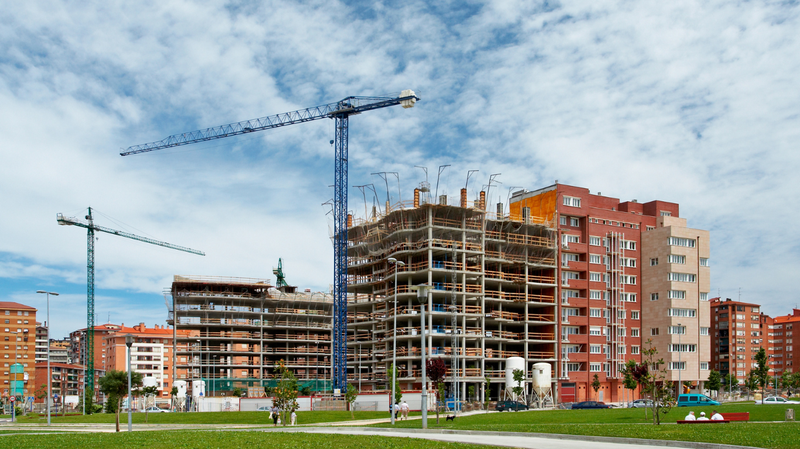When it comes to real estate investing, one of the most important decisions you’ll have to make is whether to invest in new or established properties. Both options have their own set of pros and cons, and it’s vital to weigh them carefully when making your investment decision. In this blog post, we’ll explore the key factors to consider when making this choice, helping you decide which one is right for your investment portfolio.
The Benefits of Investing in New Properties
- Modern Amenities: New properties often come loaded with state-of-the-art amenities that cater to the needs and preferences of modern tenants. These can include energy-efficient appliances, smart home technology, and sustainable design elements. By investing in new properties, you can attract a wide range of tenants and command higher rental rates.
- Lower Maintenance Costs: New properties generally require less maintenance in contrast to older ones. As the construction and fixtures are new, the need for repairs and renovations is reduced, minimizing your expenses over time. Furthermore, warranties provided by developers can offer additional peace of mind.
- Tax Incentives: Depending on your location, investing in new properties might come with tax incentives and benefits offered by state governments. These incentives can include reduced property tax rates, tax credits for energy-efficient features, or even exemption from certain taxes for a certain period.
The Advantages of Investing in Established Properties
- Location: Established properties often have the advantage of being located in well-established neighborhoods and areas with a high demand for rental properties. These areas may boast a strong rental market, reliable infrastructure, and a variety of amenities that attract tenants.
- Proven Track Record: With established properties, you have the advantage of historical data and rental performance records. You can analyse these records to determine the property’s rental income potential and make an informed investment decision.
- Lower Purchase Prices: Older properties are generally priced lower than new ones, which offers an opportunity to acquire an established property at a more affordable price, allowing for greater potential returns on your investment.
Conclusion
Deciding between investing in new or established properties primarily depends on your investment strategy, financial goals, and risk tolerance. New properties offer modern amenities, lower maintenance costs, and potential tax incentives. Established properties offer the advantage of location, proven track records, and lower purchase prices.
To hedge your bets, consider diversifying your portfolio by combining both types of properties, taking advantage of the benefits they offer. As with any investment decision, thorough research, due diligence, and consultation with real estate professionals are essential to make the right choice.
No investment comes without risk, so take caution when making your decision. Remember to align your investment decisions with your long-term goals and assess the market conditions before making a final decision. Contact your nearest PRD Real Estate to get some insight on your investment plans.





